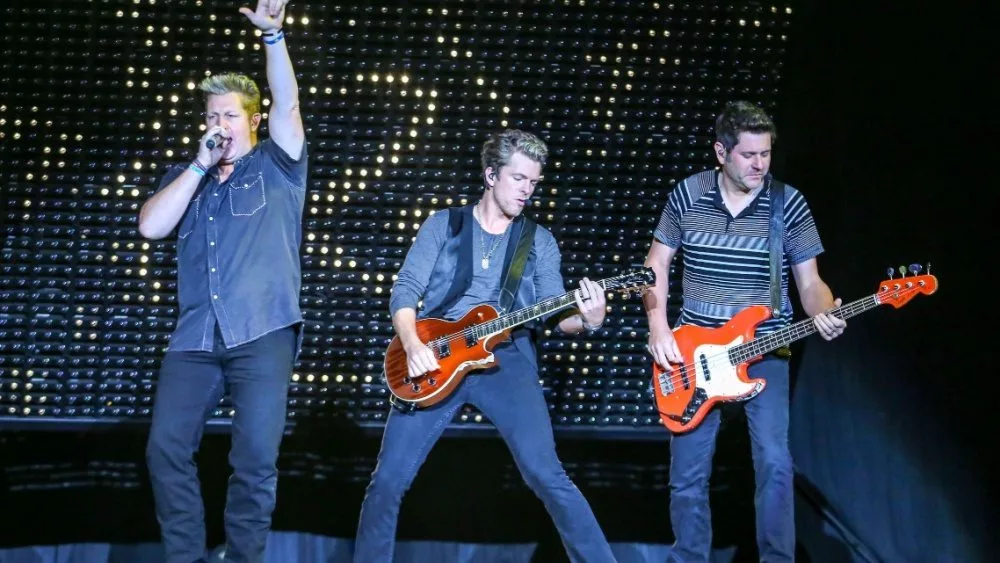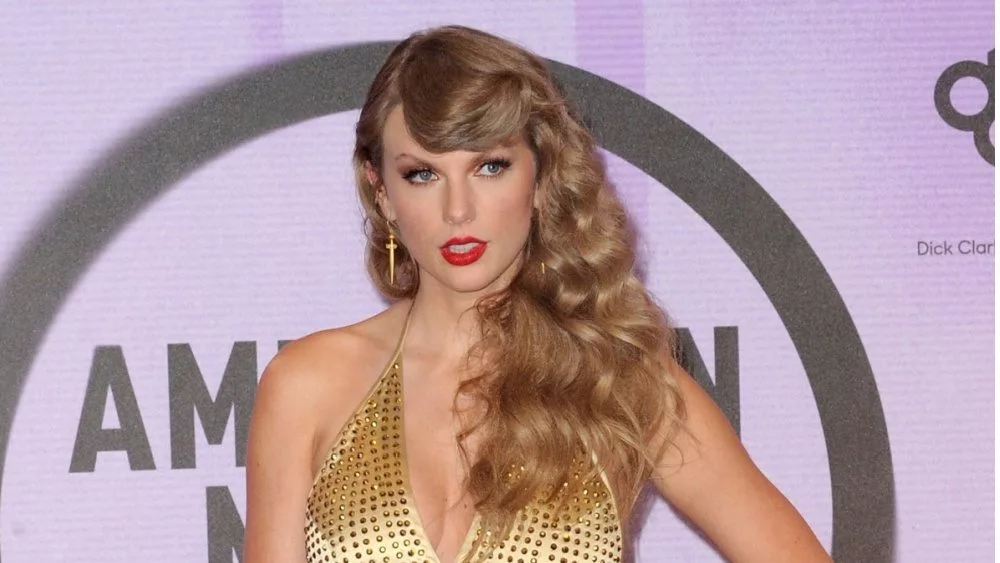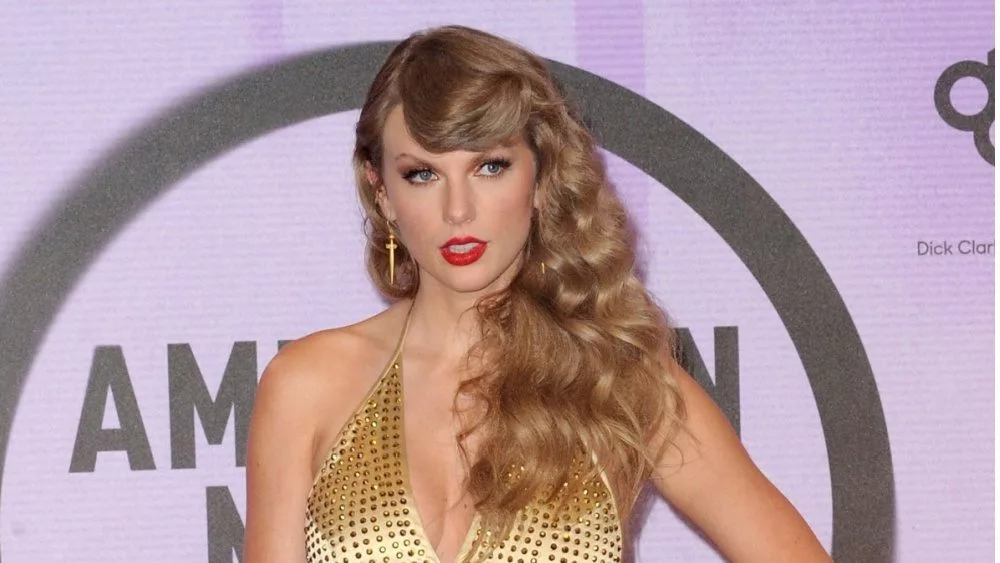Do not attempt this! More tests are needed but there are a group of scientists who believe the results are edible.
Research published this month in the journal Green Chemistry has demonstrated how a used plastic bottle can be converted into vanilla flavoring.
Researchers at Scotland’s University of Edinburgh have used genetically modified E. coli bacteria to turn a plastic bottle into vanillin, the primary source for the taste and smell of vanilla. Researchers even believe that this plastic-derived vanillin is likely safe for human consumption, however, further experiments would be required, according to the university’s news site. Though vanillin can be extracted naturally from vanilla beans, those beans are expensive, so synthetic vanillin is far more common: Reportedly, 85 percent of vanillin is produced this way.
“This is a really interesting use of microbial science at the molecular level to improve sustainability and work towards a circular economy,” Ellis Crawford, publishing editor at the Royal Society of Chemistry, was quoted as saying. “Using microbes to turn waste plastics, which are harmful to the environment, into an important commodity and platform molecule with broad applications in cosmetics and food is a beautiful demonstration of green chemistry.”
Importantly, these experiments didn’t simply turn plastic bottles into bowls of vanilla ice cream. The scientists had to follow a number of intermediary steps. As The Guardian explains, first, the plastic — polyethylene terephthalate (or PET) — has to be broken down into terephthalic acid (TA) using engineered “super-enzymes.” Then, the engineered E. coli is used to transform that TA into vanillin.
A new technique which can turn plastic bottles into vanilla flavouring – known as vanillin – has been developed.@EdinburghUni‘s Dr Jo Sadler, one of the team behind the discovery, explains why this is so exciting https://t.co/qFA8tQrdgj
— BBC World Service (@bbcworldservice) June 19, 2021
Even then, only 79 percent of the TA was converted, though the researchers believe they can improve that rate. “We think we can do that pretty quickly,” Stephen Wallace, one of the paper’s two co-authors, told the British paper. “We have an amazing roboticized DNA assembly facility here.” They also plan to scale up production and search for other useful molecules besides vanillin that could be made with this method.
“Our work challenges the perception of plastic being a problematic waste and instead demonstrates its use as a new carbon resource from which high value products can be obtained,” Wallace stated.
Scientists are turning #plasticpollution into vanilla flavouring. Scientists from @EdinburghUni have found a way to convert the plastic used for food packaging & water bottles into vanillin, the main component which gives vanilla beans their taste & smell https://t.co/W6QsQbSK1N pic.twitter.com/vuQXmItLIY
— Goodwork (@thisisgoodwork) June 21, 2021
Mind blown!
Photo| iStock







